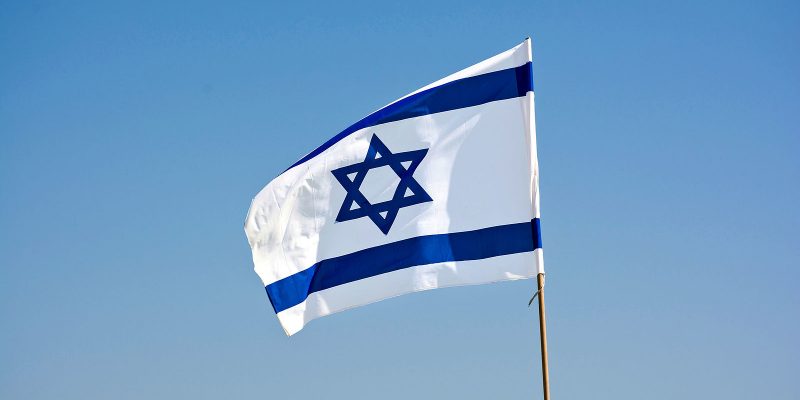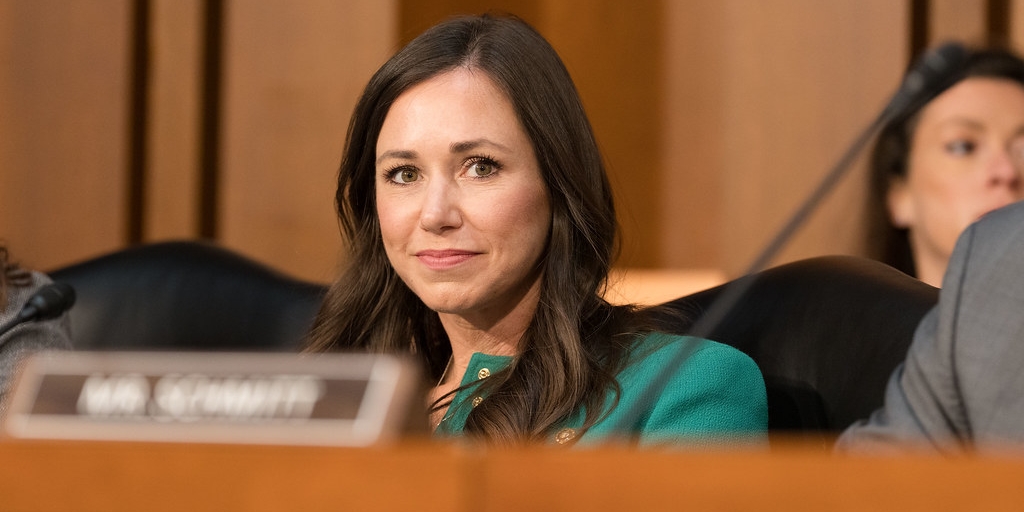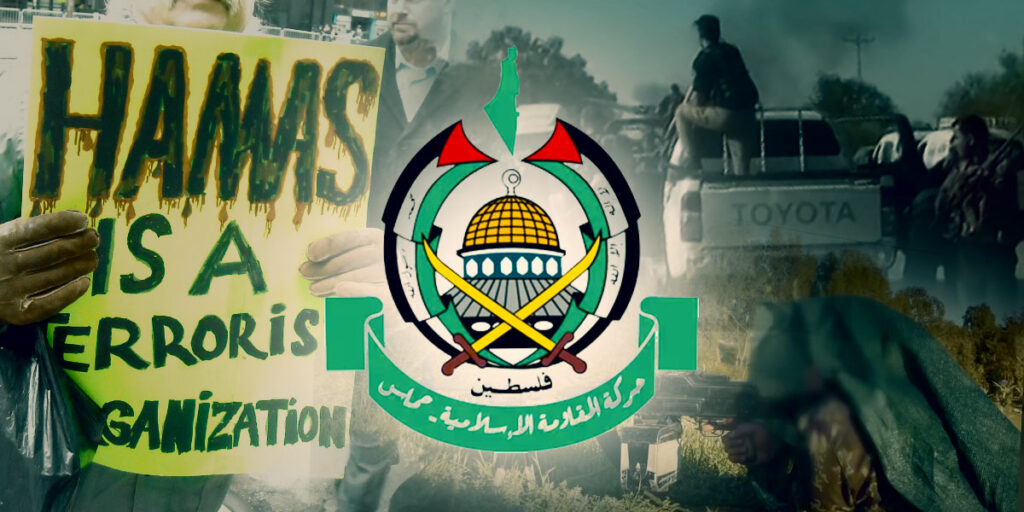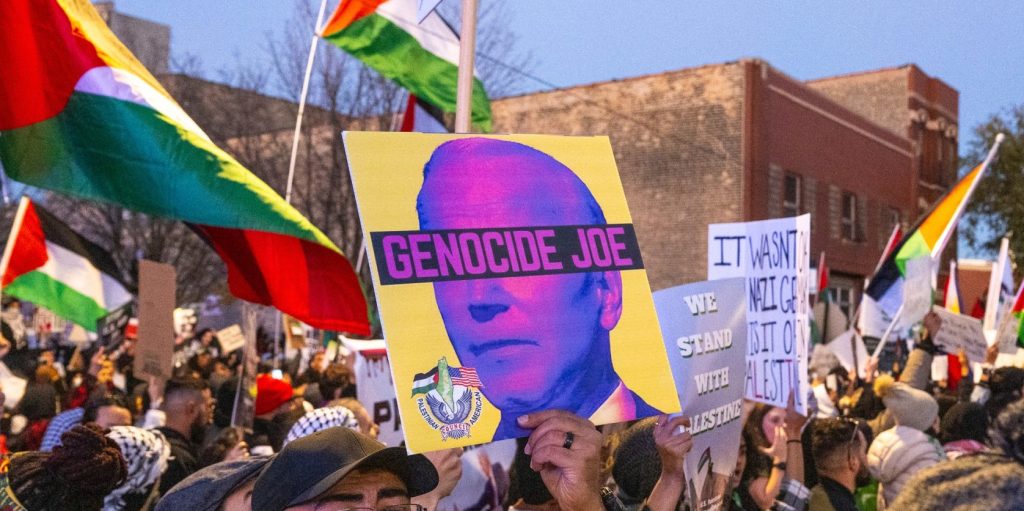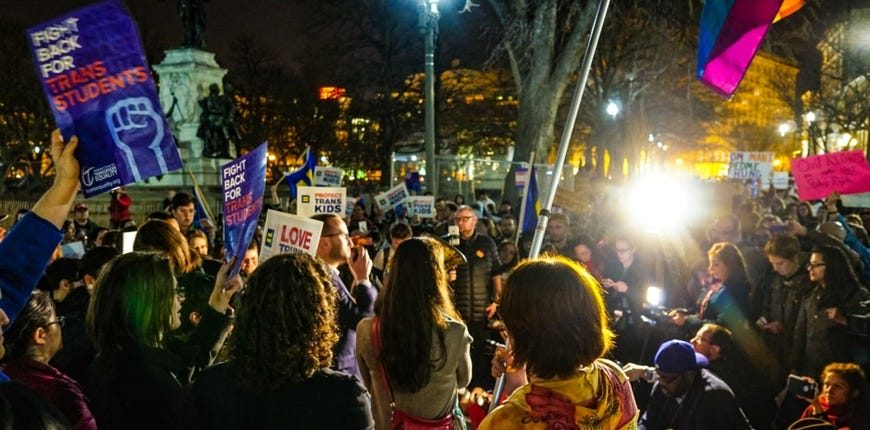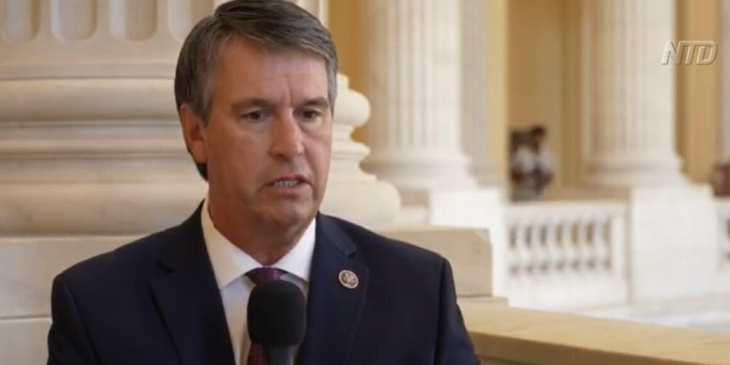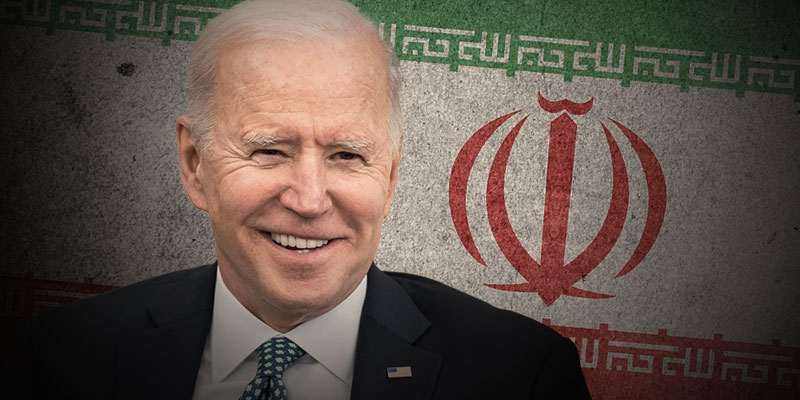Over the last two weeks, violence between Israel and Palestinian terror factions in Gaza spiked following disturbances in the Old City of Jerusalem. With congruent Israeli and Islamic holidays underway, clashes and riots broke out culminating with Israeli security services conducting a raid at al Aqsa Mosque. In response, Hamas and Palestinian Islamic Jihad launched rockets into Israel from the Gaza Strip, leading Israel to conduct retaliatory strikes. The cycle of violence continued to escalate with militants launching more than 4000 rockets and Israel conducting targeted killings of senior Hamas and Palestinian Islamic Jihad commanders. Israel undertook a campaign against Palestinian military and intelligence infrastructure in the Gaza strip, including destroying 60 miles underground tunnel networks and hundreds of rocket launchers and rocket manufacturing and storage facilities. By the time Israel and Hamas reached a ceasefire on Thursday, 230 Palestinians and 12 Israelis had been killed.
This article seeks, at a high level, to explain the context, drivers and actors involved in the violent escalation as well as the outlook for continued Israel-Gaza conflict.
Who is Hamas, and how did they come to power in the Gaza Strip?
Hamas is a Sunni Islamist U.S.-designated terror organization that seeks the destruction of Israel and the establishment of an Islamic Palestinian state. The group, based in the Gaza Strip, was founded by Muslim Brotherhood members in 1987 during the first Palestinian uprising, known as the First Intifada.
In 2005, Israel unilaterally withdrew from the Gaza Strip as part of an effort restart the Peace Process. Following the withdrawal, the internationally recognized Palestinian governing body, the Palestinian Authority, held elections in which its ruling Fatah party was defeated by Hamas. After Fatah, and most of the international community, refused to recognize the results of the election, Hamas violently expelled the Fatah-run Palestinian Authority from the Gaza Strip, where it has remained the de facto governing body and has fought several wars and dozens of violent escalations with Israel.
Hamas receives military support from Iran, Israel’s preeminent adversary, including the rockets the group fired into Israel during the most recent escalation. Iran’s military support and Hamas’ long history of terror attacks have led Israel to implement a blockade on the coastal enclave, limiting the amount of dual-use (military and civilian) items that can enter Gaza. The blockade has had a detrimental impact on the economy and humanitarian situation in Gaza. However, as long as Hamas continues its support for terrorism and seeks weapons from Iran, the Israeli embargo will continue.
Are there other terror groups in the Gaza Strip?
Hamas is the strongest, but not the only, terror faction in the Gaza Strip. There are several other armed groups in Gaza that seek the destruction of Israel, namely Palestinian Islamic Jihad, known as PIJ, which is also a U.S.-designated terror organization. PIJ, founded in 1979 by exiled Muslim Brotherhood members in Gaza, is viewed as more extremist than Hamas and is reportedly solely funded and supplied by Iran. Israel has singled out PIJ in recent years as an instigator of Israeli-Gaza violence. In 2019, Israel assassinated Baha Abu al Atta, a senior PIJ military commander in Gaza which Israel says was responsible for a number of rocket and sniper attacks against Israel aimed at stoking Israel-Gaza tensions. In response to the killing, PIJ launched hundreds of rockets and Israel conducted strikes on PIJ military infrastructure before a ceasefire was reached. The series of events highlighted the prominent role of PIJ in the Gaza Strip and that terror organizations other than Hamas, while smaller, can still have a large impact on the overall conflict.
What are the root causes of Israel-Palestinian escalations violence?
An explanation of the core disagreements and history of violence between Israelis and Palestinians would require hundreds if not thousands of pages. At the risk of oversimplifying, this article will touch on a few of the triggers of escalation rather than the underlying root causes. This is not an all-encompassing list and omits some of the more complex triggers such as Israeli settlement policy and post-Arab-Israeli war housing disputes between Israelis and Palestinians, which would require an extended format for proper analysis. The triggers below were chosen due to their prominence in recent Israel-Gaza escalations of violence.
Religious Sites
The recent escalation stemmed, at least in part, from Israeli security measures at Islamic holy sites in Jerusalem. There have been previous escalations over similar Israeli action in Jerusalem. For example, in 2017, following attacks on Israeli security forces in Jerusalem, Israel installed metal detectors near the Temple Mount (known to Muslims as the Noble Sanctuary), which prompted an escalation of violence. Jerusalem, the West Bank, and modern-day Israel are home to some of the most sensitive religious sites on the planet. Jews, Muslims and Christians all believe some of their most important religious events transpired occurred within a small geographic area.
The main site of contention is the Temple Mount/Noble Sanctuary, where Jews and Christians believe Solomon’s Temple stood and where Muslims believe the Prophet Muhammed ascended into heaven from atop the mountain. Jews, Christians and Muslims flock in troves to pray at their respective holy sites, bringing them in close proximity, which at times results in clashes. Further intensifying the situation is that Jerusalem is in Israel, a declared Jewish state. While Israel allows Palestinians and Muslims access to Islamic holy sites, the presence of Israeli security personnel near these locations often leads to conflicts between the security forces and Muslim worshipers.
Humanitarian Conditions in Gaza
Since Hamas’ takeover of the Gaza Strip, the group has been forced to take ownership of governance of one of the world’s most populous areas (more than 2 million Palestinians live in the roughly 150 square-mile-Gaza Strip). Israel’s blockade on the Gaza Strip to prevent weapons smuggling, along with international and U.S. sanctions on Hamas due to its terrorist activity, make it difficult for Hamas to maintain an economy and an acceptable quality of life for residents in Gaza.
When the humanitarian situation in Gaza becomes particularly dire, Hamas seeks to ratchet up the pressure on Israel to allow resources into Gaza by stoking violent escalations. Israel usually negotiates, via Egypt or Qatar, to allow resources into Gaza and achieve ceasefires with Hamas and other Gaza-based militant factions. These escalations normally stay below a certain threshold of violence but can spiral out of control if either side inflicts casualties or sensitive locations are targeted. For this reason, there is an unwritten understanding that during most escalations between Hamas and Israel, Hamas will only launch short-range rockets into Israel. These rockets are usually intercepted by Israel’s Iron Dome rocket and missile defense system, and Israel normally limits retaliatory airstrikes to empty outposts and facilities.
When rocket volleys increase in size and scope and target Israeli population centers, Israel takes the glove off and strikes more sensitive targets and sometimes conducts targeted killings of militant leaders or operatives. This was seen during the last two weeks with the targeting of senior Hamas and PIJ commanders, but this is not a new phenomenon and Israel has a well-documented history of assassinating key adversary leaders (see Ronen Bergman’s Rise and Kill First: The Secret History of Israel’s Targeted Assassinations).
During the recent escalation, Israel faced international backlash for striking targets in urban area. However, Israel struck these locations because Hamas was using them to coordinate and launch rocket attacks indiscriminately against Israeli population centers. While Israel’s Iron Dome rocket defense system performed well and limited Israeli civilian casualties, it is not perfect, and Israel still needed to target Hamas and PIJ terror sites which it attempts to shield behind civilian infrastructure. Interestingly, to ensure more urban targets are vacant prior to an airstrike, Israel conducts “roof knocking” operations in which inert munitions are dropped on targets to warn any occupants of follow-on missile attacks.
Spoilers
As Hamas carries the weight of governing authority, which gets much heavier during military confrontation with Israel, it generally seeks to avoid prolonged violence with Israel to avoid public backlash. However, other groups in Gaza, such as PIJ, are not constrained by governing responsibility and are able to act on their violent ideology more freely. While Hamas tries to stamp out such activities, the sheer number of militants and weapons in the Gaza Strip make enforcement difficult. As was the case of Abu al Atta, the PIJ commander assassinated by Israel in 2019, Israel recognizes that Hamas is not in full control of all rocket and cross border attacks from Gaza. While Israel consistently states that Hamas, as the de facto governing power in Gaza, ultimately has responsibility for preventing attacks on Israel, actions like the killing of Abu al Atta show Israel’s recognition that spoilers like PIJ seek to pit Israel and Hamas against and takes targeted action against those spoiler actors.
That said, at times Hamas likely uses the plausible deniability of other militant faction attacks against Israel to gain economic and humanitarian concessions from Israel without having to conduct direct attacks themselves. So, while not every rocket from Gaza has Hamas fingerprints on it, there are still times where Hamas is aware of and sanctions the attacks. This complicates attribution for Israel and is the predominant reason why Israel sometimes still strikes Hamas targets even when it knows other groups launched the attacks.
So, what is next?
Unfortunately, as long as Hamas, an internationally recognized terror group, retains control over the Gaza Strip, Israel and Gaza militants will continue their cycles of escalations, negotiations and ceasefires. And Hamas is not going anywhere anytime soon given their grip on Gaza and relative popularity amongst Palestinians in the West Bank and Gaza. This is evidenced by the fact that Palestinian legislative and presidential elections scheduled for this year, which were set to include Hamas candidates, were indefinitely suspended because the Palestinian Authority’s leading Fatah party feared another defeat like the 2006 election.
That said, and for the sake of this article, there are a few highly unlikely scenarios in which a relative peace could take hold between Israel and Gaza, similar to that that exists between Israel and Palestinians in the West Bank.
First, and most unlikely in the near term, is a final status peace agreement between Israel and the Palestinians, which includes the buy-in of Hamas. As things sit today, even a peace agreement with the Fatah-run Palestinian Authority would only apply to the West Bank areas it controls, as Hamas almost certainly would oppose any peace agreement with Israel. Only if Israel were to offer major concessions and allow a Palestinian state that includes major portions of Jerusalem would Hamas even consider the deal, and that a near impossibility.
Second, and most costly, is an extended Israel-Gaza war where Israel unseats Hamas from power by force. This would be a devastating scenario for Israel and the Palestinians as the death toll, cost and international backlash of such a conflict are far beyond what either party is willing to stomach. Each side would much prefer the status quo of intermittent low intensity conflict, with extended escalations very few years, to continue for the foreseeable future before entering a full-scale war.
The final far-fetched possibility is the popular expulsion of Hamas from power by the Palestinian people and the Palestinian Authority. Given Hamas’ grip on power, military and security capabilities, and political popularity among Palestinians, this is also highly unlikely. Outside of more extreme factions within Gaza, such as PIJ, Hamas has almost no competition within Gaza. Unless Gazans overtime align with Fatah or more moderate Palestinian elements, Hamas will continue to govern the strip for the foreseeable future.
While the three scenarios above represent the most obvious resolutions to the conflict, history tells us that anything is possible. Just as Hamas’ rise to power in Gaza surprised the international community, so could their fall.
As long as Hamas controls Gaza Strip and seeks the destruction of Israel, the Israeli government (right, moderate and left) will continue its blockade of the coastal enclave. If divisions between the more moderate Palestinian Authority and the hardline Hamas leadership continue, a peace agreement that extends to Gaza is impossible as the Palestinians cannot come to an agreement amongst themselves, much less with the Israelis. And, most assuredly, if Iran continues to fund and provide military training and resources to Palestinian terror and militant groups, rockets will continue to be launched into Israel from Gaza and escalations of violence will continue. Israel will not, and should not, compromise its security and will continue to respond to attacks from Hamas and PIJ. As a result, the Palestinian Gaza public and Israelis living within range of rocket salvos will continue to be the victims of the endless cycle. Their safety, economic security, and humanitarian conditions will always be negatively impacted by terrorist activity and violence against Israel.
Jake Proctor is a former intelligence officer at the Defense Intelligence Agency and previously held staff and defense policy positions for U.S. Senators Jeff Sessions (R-AL), Luther Strange (R-AL), and Joni Ernst (R-IA). He currently works in business development at software company in Washington, D.C., focusing on the company’s intelligence community and defense work. He is a Birmingham native and graduate of the University of Alabama and the U.S. Air Command and Staff College.
The views expressed in this article are those of the author and do not reflect the official policy or position of the Department of Defense or the U.S. Government.




